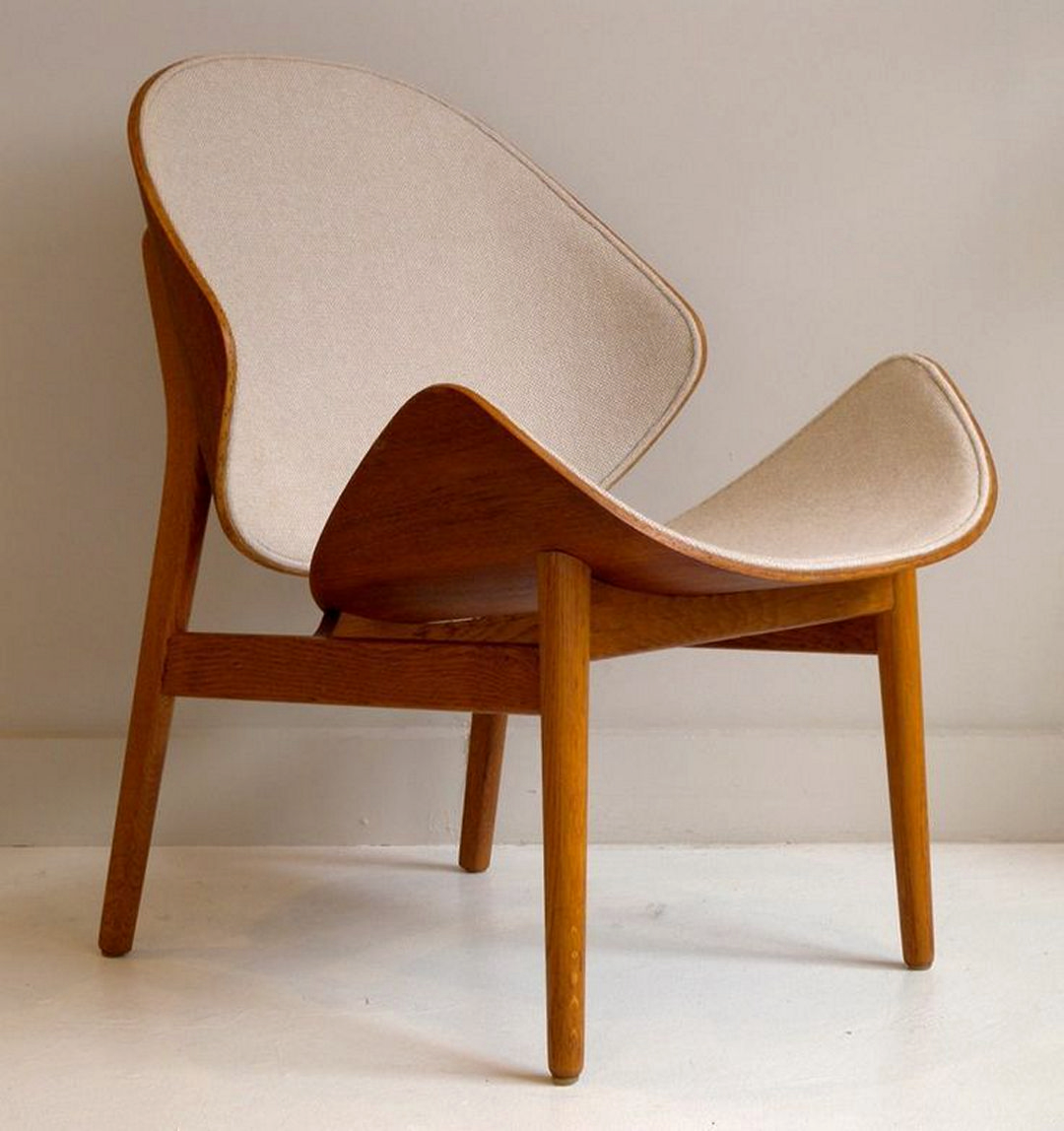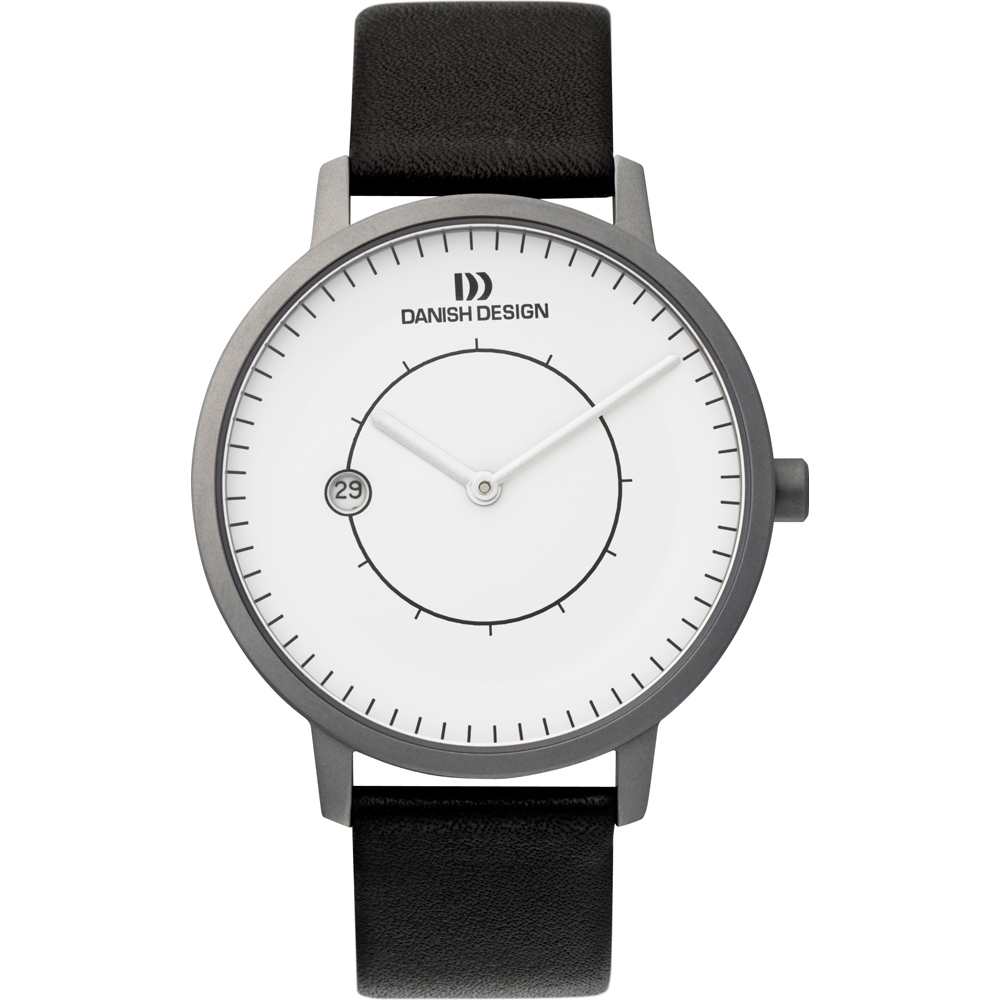Table Of Content

In short, a fascinating journey through everything we now know as Danish design icons mixed with unknown designs by well-known designers. But what led to its success, which designs are central, and who are the major Danish designers of the 20th century? The exhibition 'Danish Modern' unfolds the story of Danish design from the 1920s to the 1970s, focusing on the creation of some of the most iconic Danish design objects. Perfectly balanced and discreet in appearance, this set of cutlery is both mesmerizing and undemanding, allowing its function to dictate over its ageless design. Made of curved, matte stainless steel, the eating utensils were designed by Jacobsen for use in the Radisson SAS Royal Hotel in Copenhagen. After the hotel opened, the set attracted a lot of attention and eventually attained something of a cult status in design circles.
This website tells you the story about Denmark. We hope it will inspire you.
Paired with colorful fabrics, Juhl’s pieces are just right for those looking to combine Danish Modern and Mid-Century Modern sensibilities. The style gained popularity in the mid-20th century and quickly became popular in the West. In a new permanent exhibition, Designmuseum Danmark explores how Danish designers have methodically worked with design processes and tells the story of the success behind Danish design. Norm Architects used some of Henningsen's lights, which the house's owner collects, in its design for the interior, and complimented them with modern pieces such as the JWDA table lamp by Menu. This house in Copenhagen was allegedly once the home of renowned Danish architect Poul Henningsen, who designed the iconic PH lamp. Danish design is known all over the world for its sleek lines and sophistication.

Lighting Design
During the 1970s, Verner Panton made some of his most important designs, including the Pantonova and the System. The Danish Design DNA consists of ten values that are of course not unique to Danish Design. However, when put together like a string of DNA, they show what makes Danish design unique.
Eight home interiors where mezzanines maximise usable space
The results were always stunning, with his body of work ranging from pared-down and elegant to off-beat and quirky. Chances are that you’re likely to recognize a number of Wegner’s designs from modern-day remakes (the Wishbone Chair and Round Chair are crowd favorites). With their equal attention to function and form, they’re basically expiration-less. Two large black pendant lights, called Suspence and designed by Danish-Italian design duo GamFratesi for furniture brand Fritz Hansen, hang above a relaxing living area. Inside, the furniture includes Wegner's classic Wishbone chairs, eight of which sit around a dining table in the spacious living area. Plenty of green plants and lights and furniture with friendly curved and circular forms create an inviting interior with an organic feel.

Considered by some as icon of futurism, Jacobsen’s design has also been featured in many films, most notably in the opening scenes of Stanley Kubrick’s 2001 Space Odyssey. The interiors of Los Angeles hotel Alsace LA feature Mediterranean influences, warm wood tones and vintage objects. In its meeting room, Danish brand Gubi's soft, bulbous chairs sit on a handwoven Moroccan rug. Here, the two companies mixed soft green and beige colours with wood, stone and glass details to create an interior with timeless appeal. Furniture by Menu, which uses the hotel as its showroom and headquarters, sits next to modern artworks and dried-flower arrangements.
Day Birger et Mikkelsen highlights contemporary everyday glamour; Ivan Grundahl constructs understated avant-garde clothing. A stackable and sustainable stool produced entirely from waste pieces is created by combining pieces cut from round and elliptical shaped tables. Lise and Hans Isbrand have shown up at the SE shows multiple times with intriguing and experimental prototypes. Their work, on the other hand, tends to be more focused on ordinary life. As a result, they are responsible for various fascinating workplace furniture, inventive culinary utensils, and other items.
Karen Vibeke Klint – Danish Textile Designer
From the streets of Copenhagen to the country’s educational system, design is not just seen; it’s experienced and lived, making Denmark a true design haven for enthusiasts and professionals alike. Designed in 1977, the revolutionary thermos design became one of Stelton’s best known products and an excellent example of Danish design. Aesthetically very beautiful with bright colours and sharp clear lines this outwardly simple jug was also designed with functionality in mind. This rocking design element has garnered the piece considerable international fame, becoming a much cited example of functionalism in Danish design. Designed by the Danish design legend Jacob Jensen in 1954, the modest Margrethe mixing bowl has managed to achieve the status of the ‘best mixing bowl’ on the market for both amateurs and professionals.
Bing & Grøndahl, a renowned Danish porcelain manufacturer, has a rich history of excellence and innovation, shaping Danish decorative arts and captivating collectors worldwide. We know that many of you worry about the environmental impact of travel and are looking for ways of expanding horizons in ways that do minimal harm - and may even bring benefits. We are committed to go as far as possible in curating our trips with care for the planet. That is why all of our trips are flightless in destination, fully carbon offset - and we have ambitious plans to be net zero in the very near future.
Trunk (Hotel) Yoyogi Park is the hip, green and enchanting new hotel in Tokyo - Style
Trunk (Hotel) Yoyogi Park is the hip, green and enchanting new hotel in Tokyo.
Posted: Sat, 27 Apr 2024 05:00:10 GMT [source]
The Egg Arne Jacobsen
Johan Gudmann Rohde (1856 – 1935) was a prominent Danish painter, lithographer, and designer, known for influential designs in silverware and jewelry. He played a significant role in promoting the Danish Arts and Crafts movement. “Modern Scandinavian Design” by Charlotte and Peter Fiell is an authoritative guide on Nordic design, emphasizing its commitment to social equality and quality of life. The in-depth book covers various design disciplines, making it an essential resource for design enthusiasts and practitioners. The Peter Hertz Silver Factory is celebrated for its exceptional craftsmanship and attention to detail, showcasing Danish commitment to quality and timeless beauty. The city’s shopping experiences, especially in areas like Stroget, are a haven for design enthusiasts.
It is known for its slightly industrial, architectural feel and simple, practical spaces. Danish design is a style of functionalistic design and architecture that was developed in mid-20th century. Prominent examples are the Egg chair, the PH lamps and the Sydney Opera House (Australia). A more recent addition to the Danish design canon, the Caravaggio lamp is a simple but dominant piece of lighting. Mixing both feminine and masculine forms, the hanging lamp easily assumes the center of focus in any room. Taking cues from Italian mid-century minimalist design, the Caravaggio is an universal piece of lighting that suits almost any environment.
As head of FDB Møbler, Børge Mogensen designed simple and robust objects of furniture for the average Danish family. Finn Juhl demonstrated an individualistic approach in designing chairs with an appealing but functional look. Fritz Hansen, a cabinetmaker who started producing and supplying furniture parts before going into bentwood furniture production, founded this major Danish furniture manufacturing company in Copenhagen. In the 1930s, the company began to produce tubular steel designs by Dutch designer Mart Stam and others, in addition to wooden furniture. Denmark’s reputation for exceptional design is not a recent phenomenon.
In addition, popular design movements like the Bauhaus movement in the 1920s, have shaped Danish design. Bauhaus design focuses on function over form and Danish design follows suit by keeping things streamlined, simple, and functional. Key pieces of Danish furniture, such as the egg chair and the wishbone chair, emerged in the 1950s. Danish design is a specific aspect of Scandinavian design set apart by its unique flair and culture. Though its design style is similar to its other Scandinavian neighbors, Danish designs are known for their functionality and practicality. Spaces are designed for the daily life of their occupants, from open spaces used for gathering to chairs shaped to the human body.
Daily updates on the latest design and architecture vacancies advertised on Dezeen Jobs. This barrel-vaulted cabin in a Danish forest lets its materials speak for themselves, with a dramatic living space clad in pine wood. A solid block of marble makes for an elegant, minimalist coffee table, around which sits dark teak mid-century modern furniture.
In addition, spaces designed with this focus also easily accommodate a gathering, allowing for the free movement of chairs and people. This upholds the goal of Danish design to combine a welcoming nature with everyday functionality. The unique use of curved lines and simple forms made the Egg stand out in the world of furniture design and attracted much attention to Jacobsen’s work. The Radisson Royal hotel subsequently became a must-visit for design aficionados. With swooping curves and a complete lack of sharp corners, the design of the radio bore influence from Art Deco American automobile design. The design philosophy behind Beolit was to merge design, science and industrial scale manufacturing to create consumer products with unbeatable market appeal.
Scandinavian design refers to the design style prevalent in the Scandinavian countries of Norway, Finland, Denmark, and Sweden. Therefore, Scandinavian design is an overarching style that includes elements from all of these countries. This allows as much natural light in as possible, amplifying the airy feel of a space. Natural lighting is also very important in a country where light is scarce throughout long, dark winters. Modern architecture has also contributed to the concept of Danish design. Karen Vibeke Klinti s a Danish weaver and textile designer, educated in 1949 from the Arts and Crafts School in Copenhagen .
She runs her ceramic gallery and studio in Lille Strandstræde 14 A (earlier known as Strandstræde Keramik) in Copenhagen. In her studio, she handcrafts and fires all of her ceramic artworks, which are all unique. Arne Petersen, a Danish metalworker, gained recognition for his 1975 stainless steel and brass Bottle Opener.

No comments:
Post a Comment